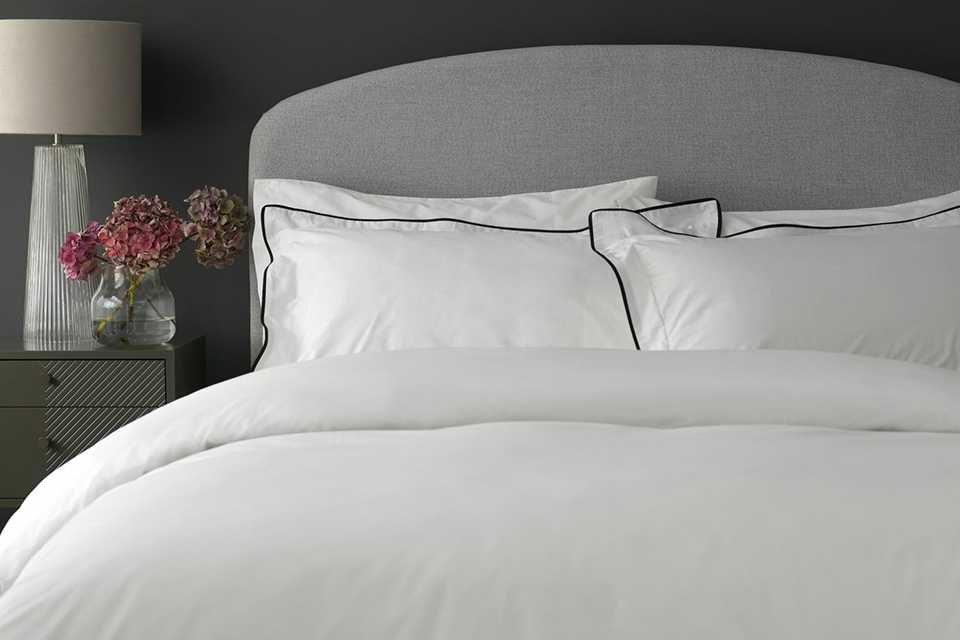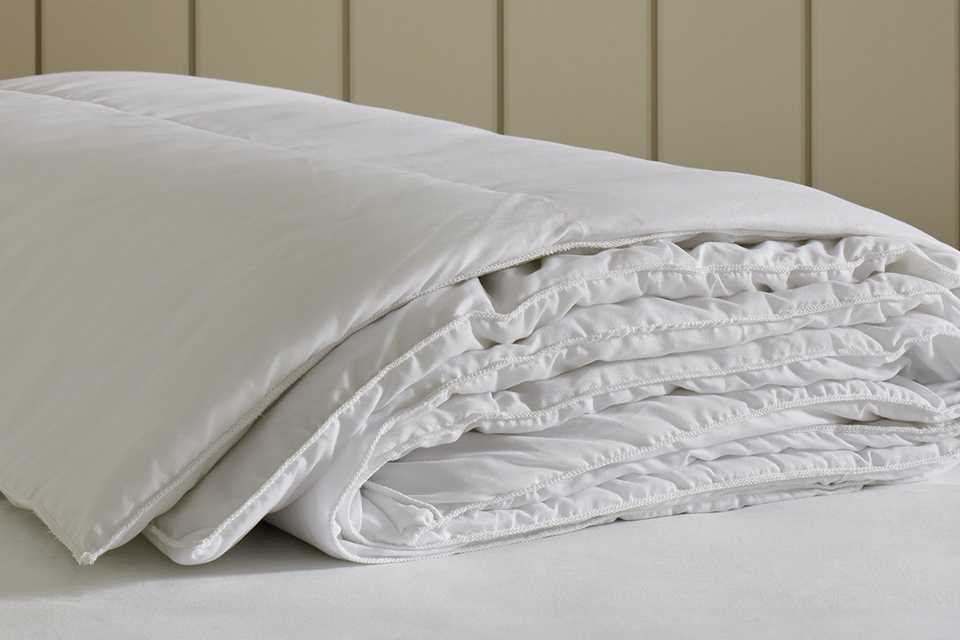How to choose the best bed linen
Don’t chance it, find the best style, texture and quality of bed linen for you with our essential guide.
Shop all beddingDon’t chance it, find the best style, texture and quality of bed linen for you with our essential guide.
Shop all bedding&poi={$this.metadata.pointOfInterest.x},{$this.metadata.pointOfInterest.y},{$this.metadata.pointOfInterest.w},{$this.metadata.pointOfInterest.h}&scaleFit={($this.metadata.pointOfInterest.x>0)?$sfpoi:$sfcenter}&sm=aspect&aspect=3:2&sfcenter=center&sfpoi=poi&qlt=50&fmt=auto&noiser=0&fmt.jpeg.interlaced=true&fmt.jp2.qlt=40&)
The right bedding is a must-have for any bedroom, but it can be tricky to know what to choose. Duvets, pillowcases and sheets can be made from a variety of fabrics and finished with a variety of techniques.
The fabric, technique and thread count define the quality of a bed linen piece, as well as how it looks and feels against your skin. Our guide breaks down all the features you need to consider, helping you find the bed linen that suits your personal preference.
The fabric type is what a piece of bed linen is made from. Some fabrics are made from 100% natural fibres such as cotton, which has a super soft finish, while others are made from synthetic fibres like polyester, which is easy to care for and quick drying. Others combine the two, giving you the best of both worlds.
As a natural fibre, 100% cotton is a popular choice due to its super soft and breathable feel.
Brushed cotton is 100% cotton that has been delicately brushed, leaving a soft and snuggly feel.
Easycare cotton is crafted to require minimal ironing, due to its easy-care finish.
Egyptian cotton is the very best when it comes to bed linen. It offers superior softness and durability and usually has a greater thread count than other choices.
Finishes are the different techniques used to give a piece of bed linen a certain look and feel. There are subtle differences between each type and the best one for you depends on personal preference.

Thread count is the number of horizontal (weft) and vertical (warp) threads per square inch. Duvet covers, pillowcases and bed sheets all have a thread count.
For example, a thread count of 300 means that a piece of fabric has 300 threads for every square inch of the bedding. The higher the thread count, the better the quality of the bedding. Higher thread count should mean increased softness and durability.
You should consider the weight of your bedding depending on the season. Light bed linen is better suited to summer, while heavier pieces offer a cosier feel in the winter.
You can spot an Oxford pillowcase by the additional decorative trim around the edge.
